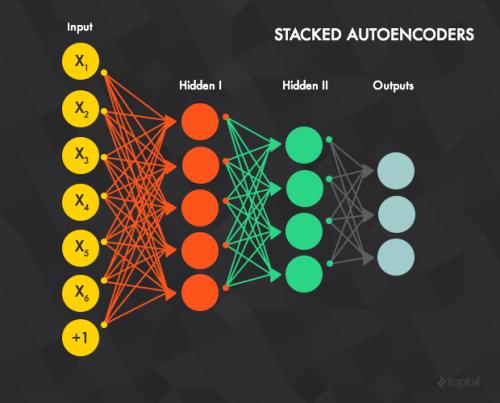It was recently shown that almost all solutions in the symmetric binary perceptron are isolated, even at low constraint densities, suggesting that finding typical solutions is hard. In contrast, some algorithms have been shown empirically to succeed in finding solutions at low density. This phenomenon has been justified numerically by the existence of subdominant and dense connected regions of solutions, which are accessible by simple learning algorithms. In this paper, we establish formally such a phenomenon for both the symmetric and asymmetric binary perceptrons. We show that at low constraint density (equivalently for overparametrized perceptrons), there exists indeed a subdominant connected cluster of solutions with almost maximal diameter, and that an efficient multiscale majority algorithm can find solutions in such a cluster with high probability, settling in particular an open problem posed by Perkins-Xu '21. In addition, even close to the critical threshold, we show that there exist clusters of linear diameter for the symmetric perceptron, as well as for the asymmetric perceptron under additional assumptions.
翻译:最近,人们发现,在对称二进制分光谱中,几乎所有的解决方案都是孤立的,即使是在低约束密度的情况下,也都是孤立的,这表明找到典型的解决方案是困难的。相反,一些算法从经验上表明,在低密度下找到解决方案是成功的。这种现象在数字上是有道理的,因为存在着相对主要和密集的解决方案区域,这些区域可以通过简单的学习算法获得。在本文件中,我们正式为对称和不对称的二进制分光谱中,确立了这样一种现象。我们表明,在低约束密度(相当于对称的超对称分光谱)下,确实存在一个小的连接型解决方案组合,几乎具有最高直径,而且高效的多尺度多数算法可以在这种组合中找到解决方案,概率很高,特别是Perkins-Xu'21造成的一个公开问题。此外,即使接近临界阈值,我们也表明,在额外的假设下存在对称正对称透光谱线直径的集群。


